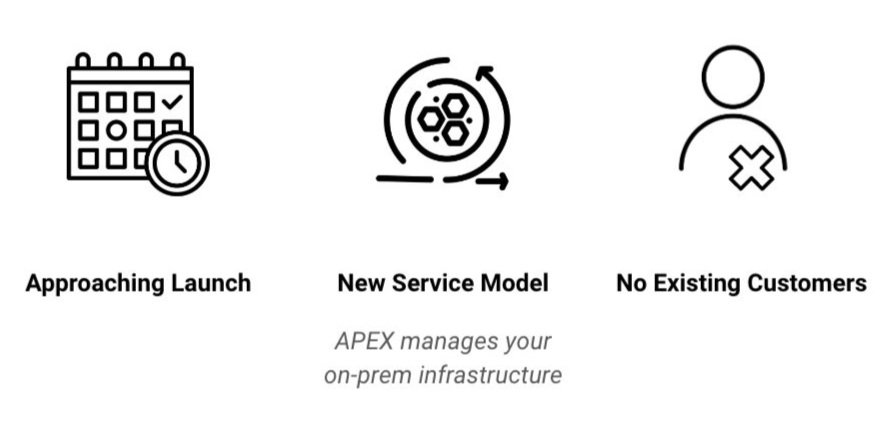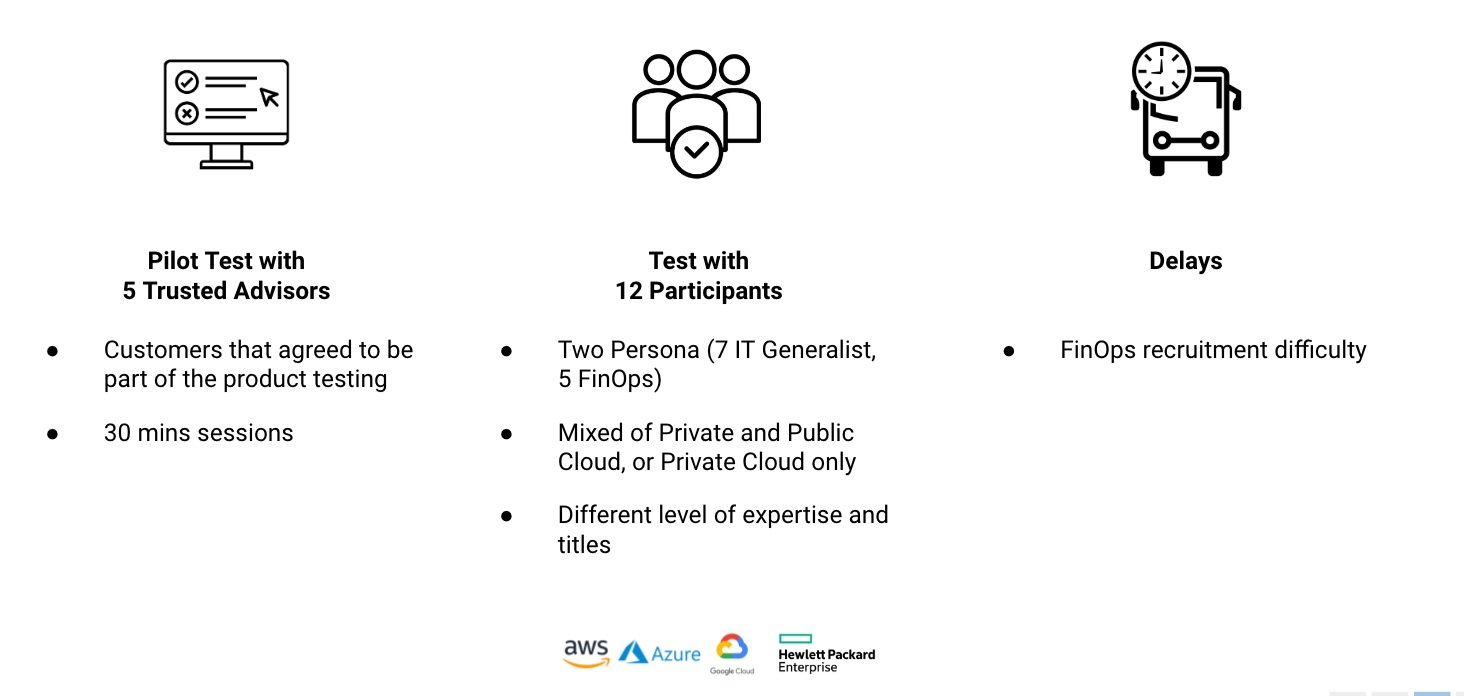
APEX Navigation
APEX Navigation
Client: Dell Technologies | Role: Lead Researcher, Dell Technologies
Timeline: 10 weeks
Team: 1 designer, 1 UX lead
Type: Usability Testing
Information is modified to conform with project’s NDA requirements
Overview
This is a left navigation testing project that is mainly evaluative but also has a foundational research exploration aspect to it. Since the navigation and information architecture project touches all the different teams working on each navigation item, it in nature requires a lot of cross-functional collaboration and communication to do this project well. The result of this study is successful [click] and recommended changes have been implemented and launched, and also research findings provide long-term strategic directions for the future design of the navigation experience.
Why this research, why now?
Unsure about phase 1 navigation because it is quite different from the initial proposal
Need to test and gain confidence before launching it
Use this test to help them prepare for the next iterations of the design, so they want to understand if the main tasks pages offer users enough information for them to complete the task and what improvements could be made when new products and features need to be added
Research Goals and Questions
Problems and Challenges
the phase 1 launch was approaching in two months, so the product team wanted me to provide them with some small findings that they could quickly implement on phase 1 before it went live.
APEX is a product with a new service model in this market where APEX will be the one helping to manage customer’s private cloud on-prem infrastructure.
No existing customers or users that we can reach out to cause participant recruitment difficulties
Research Methods and Process
Methods and Process
To thoroughly evaluate the usability of phase 1 navigation and gather both qualitative and quantitative data, I decided to conduct a 60-minute moderated remote usability test.
This test focused on how users navigate to complete tasks, assessing whether the information provided meets their basic needs, and collecting quantitative metrics like ease of use ratings.
Additionally, to understand users' preferences and ideal navigation experiences, I conducted 30-minute semi-structured user interviews following the usability test.
This combination of methods ensured that the navigation system was effective for our new product and service model. A significant portion of the preparation involved task selection.
Task selection Process
Testing and Interviews
Interview Participants
5 trusted advisors for pilots
12 participants (7 IT Generalists, 5 FinOps) for actual tests
Mixed of Private and Public Cloud, Private Cloud only
Methodology
Usability testing + semi-structure user interviews
Analysis and Insights
Regroup: whenever the stakeholders were able to observe the testing session, I also invited them to join our quick regroup session that we held after every test. It was extremely helpful to understand what are their main takeaways from the sessions so that I could understand their perspectives a bit more.
Analysis: The designer and I analyzed our notes in Miro and Excel spreadsheets to find patterns and key themes.
Insights and Insights Category: Through the detailed analysis, I was able to get insights from behavioral data such as navigation routes and task and 1st click success rate, and also attitudinal data like the self-reported ease of use rating.
Key Findings
Simplifying the details of findings to protect company’s IPs
Few challenging tasks could be resolved by changing terminology and location
Navigation is much more than just the left navigation
Impacts:
I shared my findings through detailed spreadsheets for tracking purposes with hands-on teams, and I presented a presentation deck with quotes to raise awareness among different functional teams. There are some immediate impacts, such as relocating the site location from to navigation terms that make more sense. There are also some strategic long-term benefits like enhanced search features to provide a better overall navigation experience.
The visibility of my study also garnered more budget and support for further research, including testing additional navigation items and initiating a search study with regular terminology discussions. Consequently, my reputation evolved from an APEX newbie to a go-to expert for navigation-related projects, regularly sought after for meetings and consultations.
This navigation study continues to be utilized across key projects, even three years after its completion
Learnings
Thinking back, I am extremely happy that this project has great impact to the product and the team, but there are definitely a few learnings for me that I could use to improve my future studies:
To start the tough recruitment early to avoid delay in the testing process
Pilot test the entire protocol and not just a part of it
Consider having a quantitative tree test as a supplement to the study and surface problematic tasks









